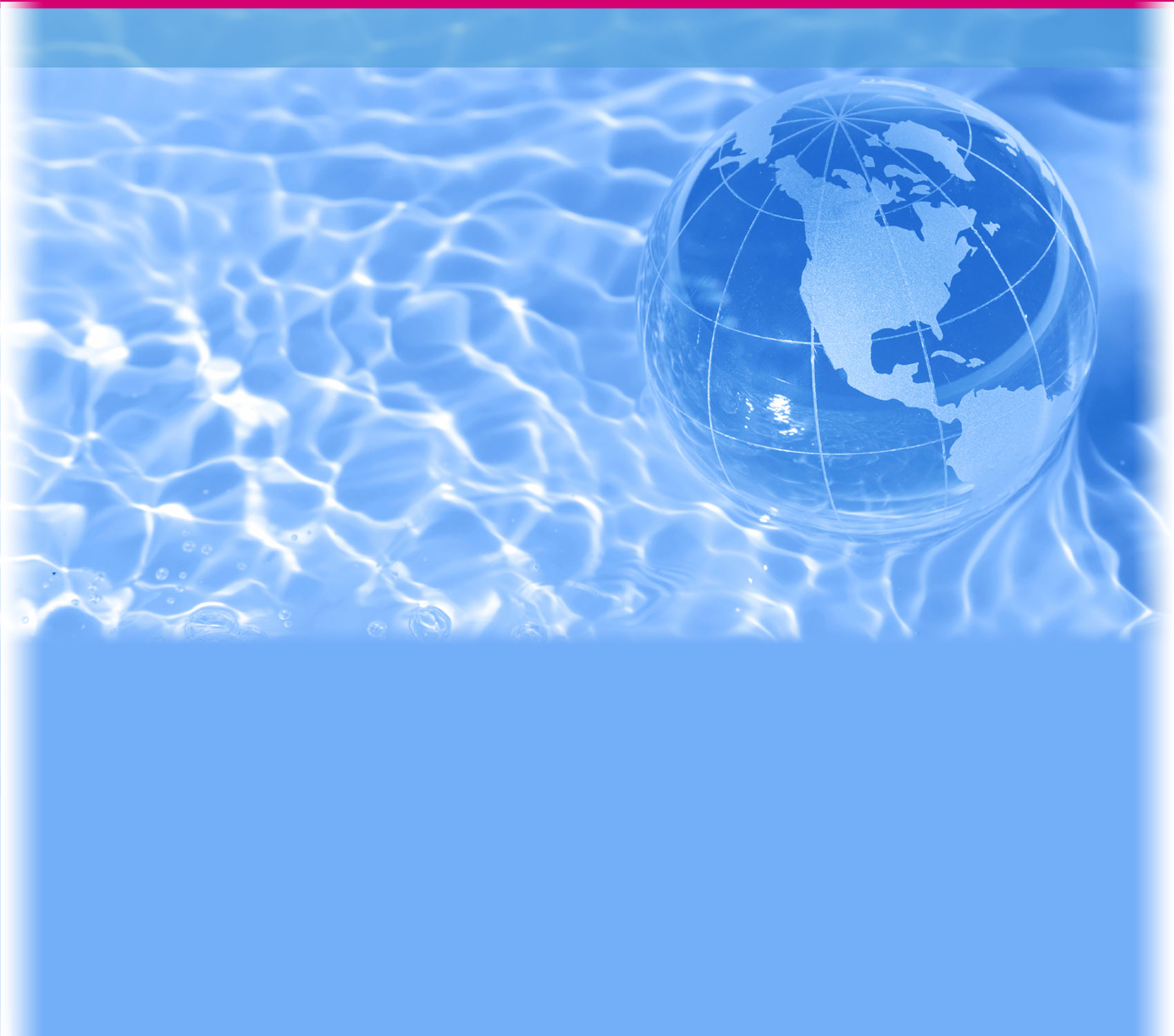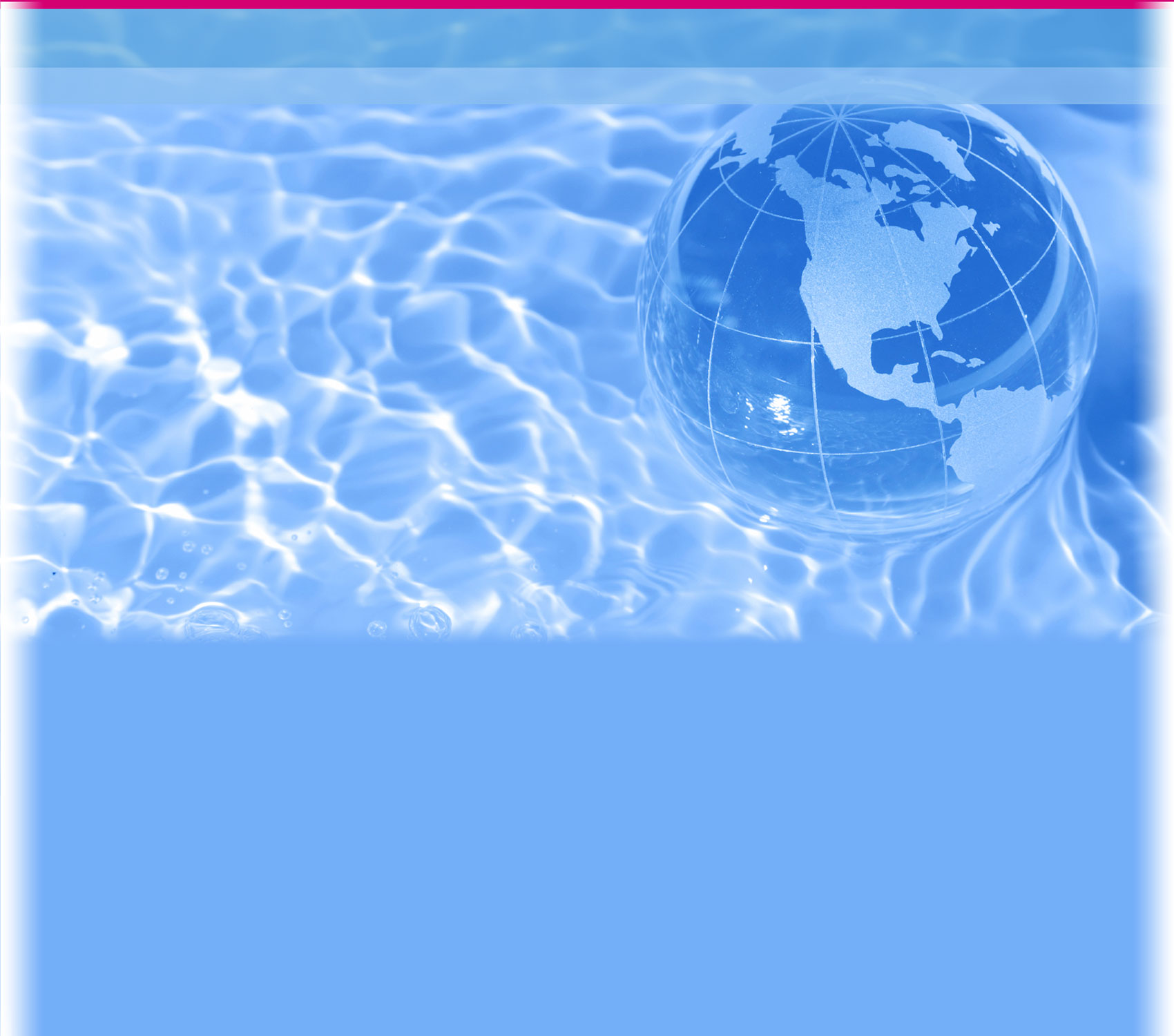Background Information
More than one in six people around the world have no access to water from improved water sources, which means water from piped connections, protected wells, rainwater collection systems and other sources that generally provide safe drinking water. These people must instead get water from lakes, ponds, streams, unprotected wells and other sources that are unsustainable or are generally considered unsafe to drink. Researchers estimate that between 780-894 million people around the world do not have sustainable access to safe drinking water.
There are many problems associated with this lack of access. Drinking contaminated water can lead to illnesses like diarrhea and cholera, which cause millions of deaths each year. When a water source is far from home, people must spend large portions of their day collecting it. Unequal access to water can also lead to political conflicts. In fact, some think that the world's future wars will be waged over access to water rather than oil.
Fortunately there are many people working together to improve access to safe drinking water. Analysts are working to review research and identify obstacles that need to be overcome. Engineers are devising new ways to access and transport water—and they are also inventing new ways to purify contaminated water, using filtration and distillation systems to remove salt, dirt, chemicals and microbes. Finally, public relations experts are working to raise awareness of problems and publicize potential solutions.
In this lesson, your students will work in STEM teams to take on all three of these roles. They will first research a region of their choice to identify water issues. Next, they will design a water purification system that they can build and test in the classroom. Students may use a filtration method, or if you have the time and equipment, a distillation system in which they evaporate, condense and collect water. Finally, students will create a video or a multimedia presentation (using PowerPoint or a multimedia poster on
Glogster.com
![]() ) in which they illustrate the problem they are trying to address as well as a proposed solution.
) in which they illustrate the problem they are trying to address as well as a proposed solution.
Before you begin, decide which method of water purification you will encourage your students to use.
Check out the following sites for an overview of some different approaches:
> Purification via "clarification" – removal of contaminants via alum and filtration (PDF)
![]()
(from International Year of Chemistry 2011)
> Filtration with active charcoal (PDF)
![]()
(from learner.org)
> Use of alum (PDF)
![]()
(from Environmental Protection Agency)
> Solar Still (PDF)
![]()
(from International Year of Chemistry 2011)


